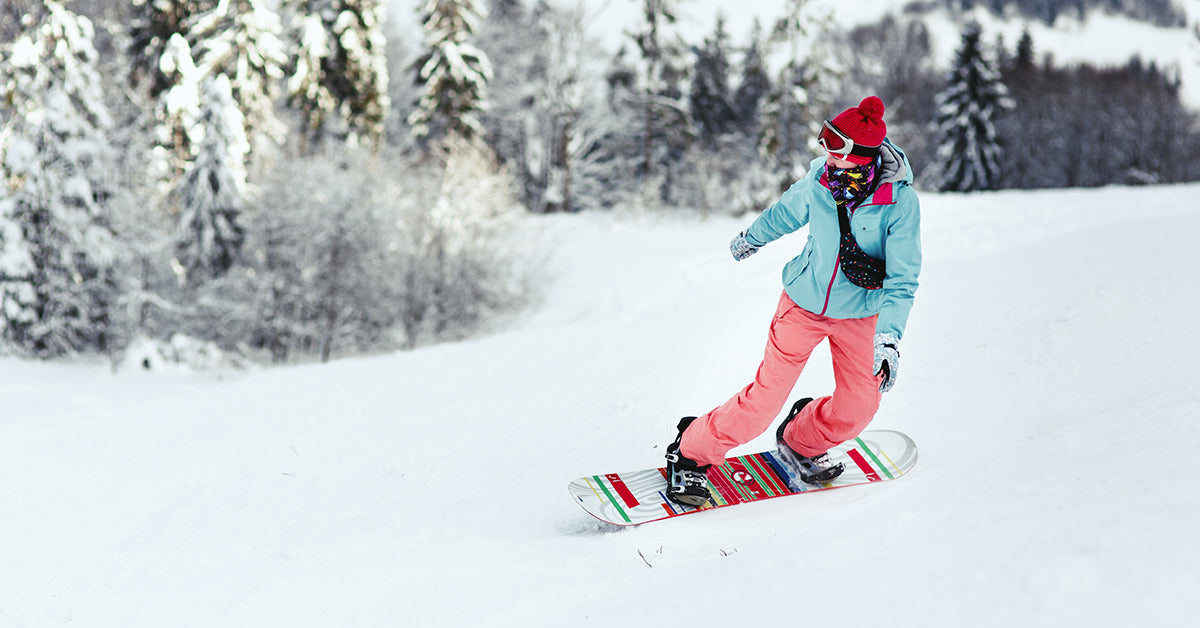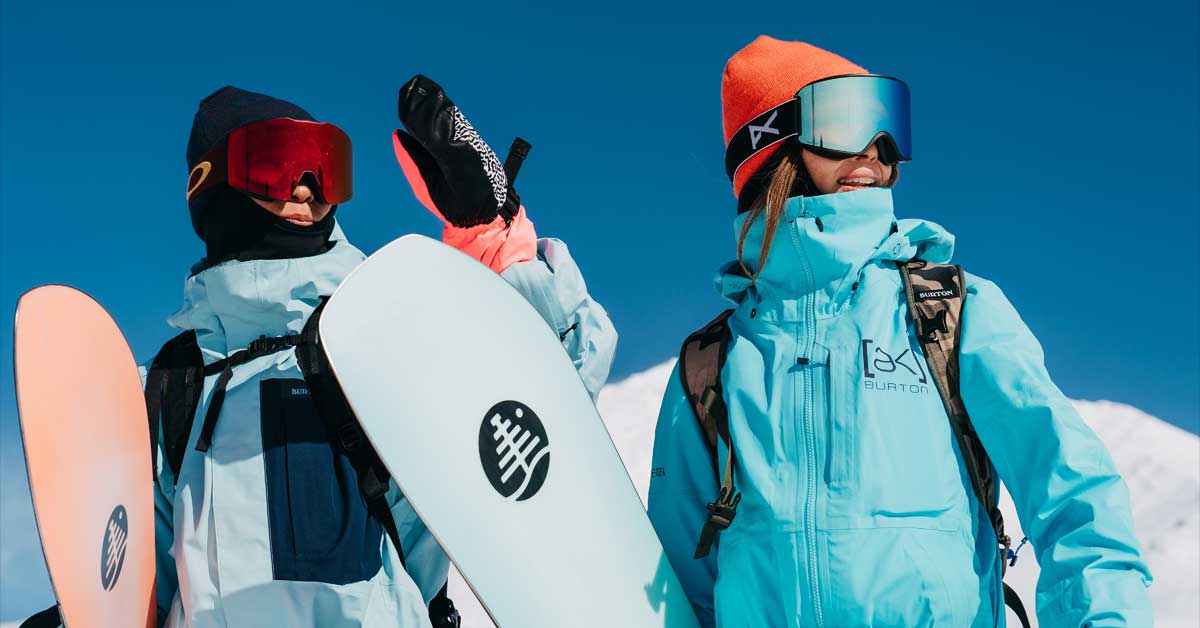
What should you pay attention to when buying your first snowboard?
Fresh snow sparkling in the sun, blue skies all around the mountain, you take a breath and begin your descent. After a full day of shredding the slopes, there's partying and bonding with other riders. Beautiful memories and the impatient anticipation of the season starting. Snowboarding isn't a sport, it's a lifestyle! You'll hear this from many people, and you'll experience it firsthand once you fall in love with a board. If you're here, that love has probably already been born. Planning to buy your first board? Here are some simple tips to get you started on your snowboarding adventure. Learn just the essentials before you dive headfirst into this snowy madness.
TEST FIRST!
Before you decide to buy, consider what kind of board you need. Test out different options. Rent and ride on the slopes. See what equipment you're most comfortable with. Talk to more experienced riders or rental staff. They'll be very helpful and make your decision easier. If you're sure you want to buy a board, below are the elements you should pay attention to and the parameters that will be best for a beginner snowboarder.
SOFT OR HARD?
The softness or hardness of a board is determined by its flex rating, which is measured on a scale of 1 to 10. 1 is the softest board, and 10 is the hardest. What's the difference? A soft board is more forgiving, making it a great choice for beginners. It's easier to control and doesn't react to every little movement like a hard board. Soft boards are also great for the snow park. Maybe you already know you want to practice jumping in the future? Hard boards, on the other hand, are great for fast and dynamic riding. We definitely recommend them to more experienced players.
HOW TO CHOOSE THE LENGTH OF THE BOARD?
Okay, time for the length. Theoretically, it should be chosen for your height and weight. If your weight is roughly your height, don't worry too much about exact measurements. Place the board in front of you. If it reaches about your chin, it's the right size. If you're significantly heavier than your height or very slim, consult the store staff before choosing a board. Width is less important, unless you have a very large shoe size. In that case, it's worth looking for a wider board.
STYLE, CONSTRUCTION, SHAPE – WHAT TO START WITH?
Now for some more complex issues. We don't want to delve too deeply into them, as there will be time for that later in your career on the slopes. If you're just starting out, choose an all-mountain style board with a traditional camber construction and a twin shape. This board will be suitable for relaxed riding on the slopes. Its design allows for control and stability. The twin shape means you can ride it in both directions, meaning it's symmetrical. Once you've immersed yourself in the world of snowboarding, you can explore other models, complex specifications, and test different options. Don't worry about this at first. Choose a board you like and head to the mountains.
Good luck!
TEST FIRST!
Before you decide to buy, consider what kind of board you need. Test out different options. Rent and ride on the slopes. See what equipment you're most comfortable with. Talk to more experienced riders or rental staff. They'll be very helpful and make your decision easier. If you're sure you want to buy a board, below are the elements you should pay attention to and the parameters that will be best for a beginner snowboarder.
SOFT OR HARD?
The softness or hardness of a board is determined by its flex rating, which is measured on a scale of 1 to 10. 1 is the softest board, and 10 is the hardest. What's the difference? A soft board is more forgiving, making it a great choice for beginners. It's easier to control and doesn't react to every little movement like a hard board. Soft boards are also great for the snow park. Maybe you already know you want to practice jumping in the future? Hard boards, on the other hand, are great for fast and dynamic riding. We definitely recommend them to more experienced players.
HOW TO CHOOSE THE LENGTH OF THE BOARD?
Okay, time for the length. Theoretically, it should be chosen for your height and weight. If your weight is roughly your height, don't worry too much about exact measurements. Place the board in front of you. If it reaches about your chin, it's the right size. If you're significantly heavier than your height or very slim, consult the store staff before choosing a board. Width is less important, unless you have a very large shoe size. In that case, it's worth looking for a wider board.
STYLE, CONSTRUCTION, SHAPE – WHAT TO START WITH?
Now for some more complex issues. We don't want to delve too deeply into them, as there will be time for that later in your career on the slopes. If you're just starting out, choose an all-mountain style board with a traditional camber construction and a twin shape. This board will be suitable for relaxed riding on the slopes. Its design allows for control and stability. The twin shape means you can ride it in both directions, meaning it's symmetrical. Once you've immersed yourself in the world of snowboarding, you can explore other models, complex specifications, and test different options. Don't worry about this at first. Choose a board you like and head to the mountains.
Good luck!


